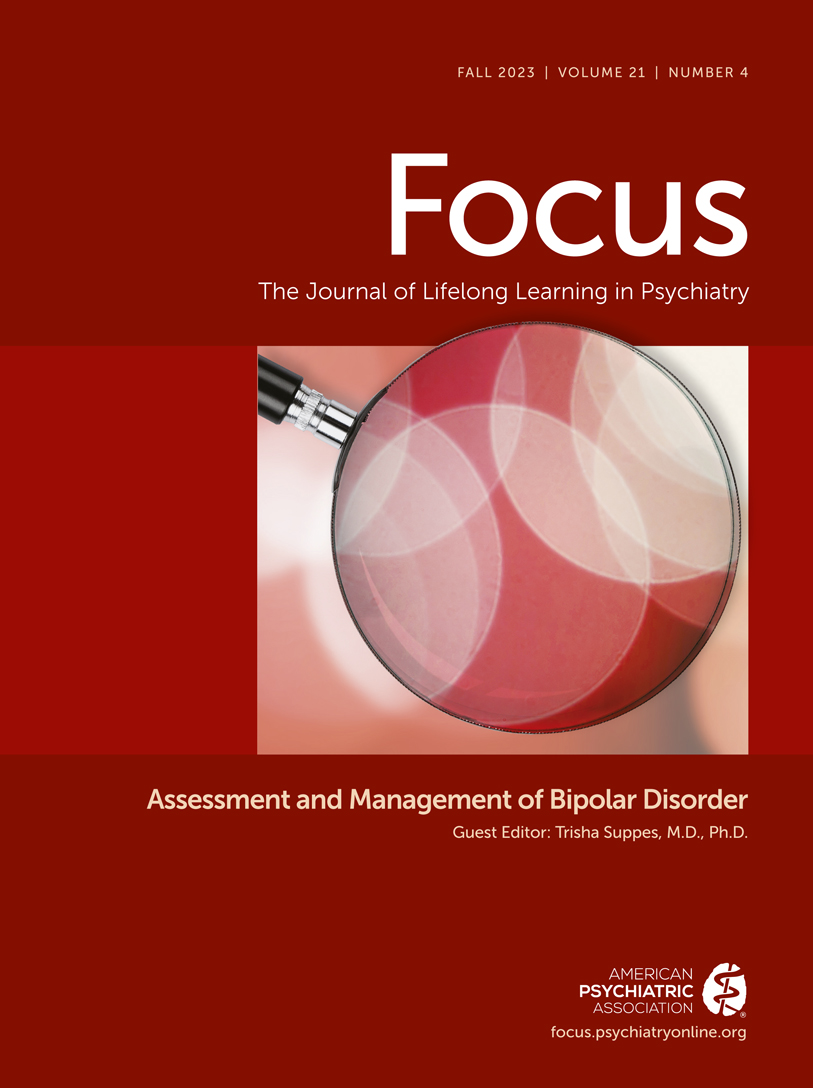Abstract
The term older-age bipolar disorder (OABD) refers to patients with bipolar disorder who are ages 50 and older. Research findings suggest important differences, including the attenuation of manic symptoms with age and the occurrence of multiple somatic comorbid conditions. Although the pharmacological treatment of OABD is fairly similar, adverse effects, somatic comorbidity, and drug-drug interactions are more common. Lithium is effective in treating OABD and may have the potential to be neuroprotective. Anticonvulsants and second-generation antipsychotics have a growing evidence supporting their use in treating OABD. Behavioral intervention can be a helpful adjunct to pharmacological treatment. Clinicians and health care systems need to be prepared to provide care and services to individuals with bipolar disorder throughout the life span. Although older adults have typically been excluded from bipolar disorder RCTs, emerging efforts organized by global advocates and harnessing teams of clinicians and scientists have the potential to advance care.
Access content
To read the fulltext, please use one of the options below to sign in or purchase access.- Personal login
- Institutional Login
- Sign in via OpenAthens
- Register for access
-
Please login/register if you wish to pair your device and check access availability.
Not a subscriber?
PsychiatryOnline subscription options offer access to the DSM-5 library, books, journals, CME, and patient resources. This all-in-one virtual library provides psychiatrists and mental health professionals with key resources for diagnosis, treatment, research, and professional development.
Need more help? PsychiatryOnline Customer Service may be reached by emailing [email protected] or by calling 800-368-5777 (in the U.S.) or 703-907-7322 (outside the U.S.).



